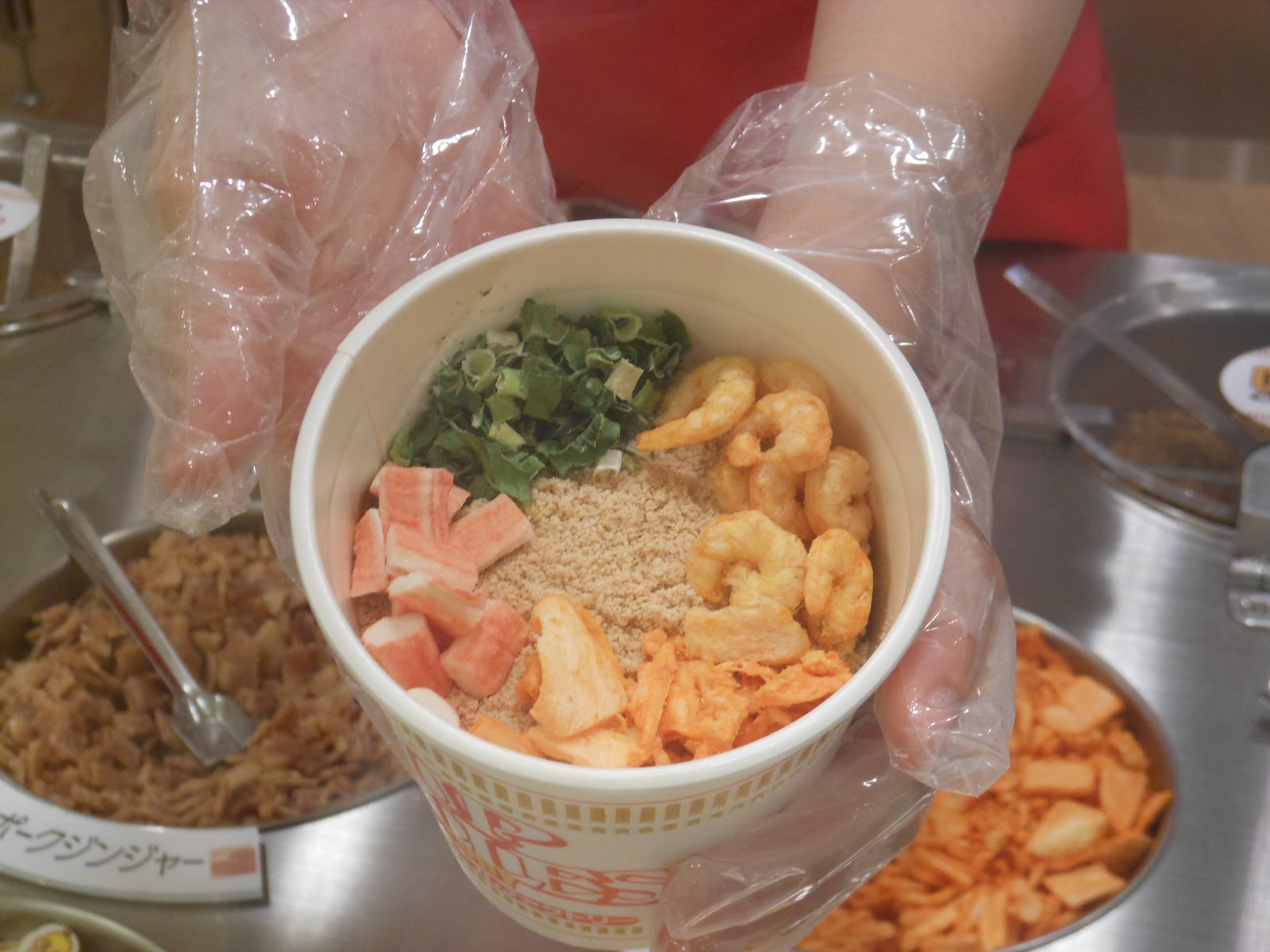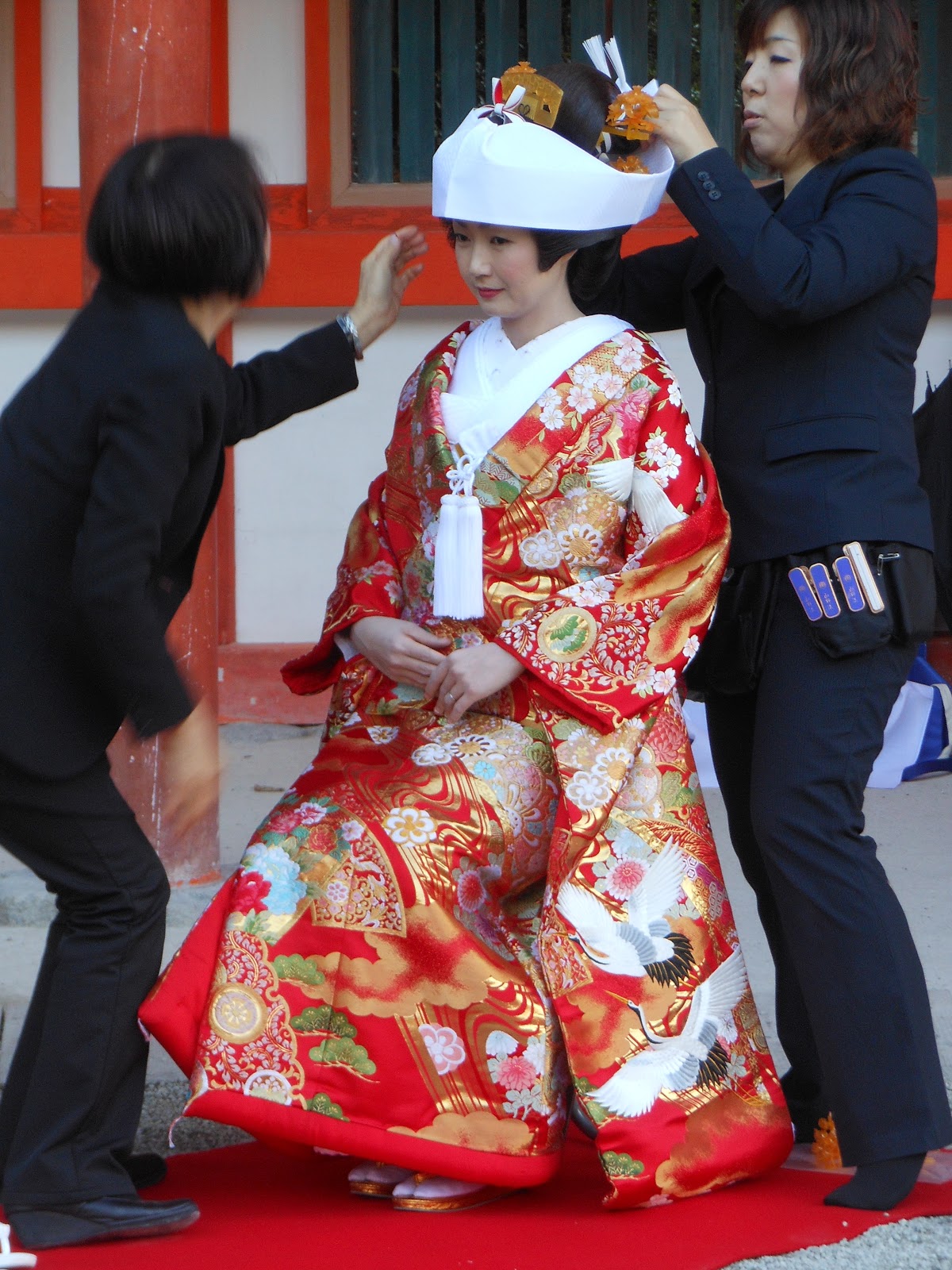So what do you do after you’ve been moving from one city to
another every couple of days for 2½ weeks? Do it some more!
I spent a few days in Taipei and a couple of days in Yokohama before
settling in Kyoto for a couple of months. On the way, I discovered Christmas in Japan.
 |
| Chiwen (Owl-mouth) gargoyle, Confucius Temple |
I joined my New York friend, Joyce, In Taipei for a few days
before she went on to Kaohsiung to give a lecture. I found the city to be a study in contrasts. It is a modern, developed country –
think of all the labels saying “made in Taiwan” – but is also something of a
backwater, somewhat ignored and forgotten. Joyce said the Chinese have systematically had Taiwan
“de-listed” from various global indices, so there’s little readily available
information on a number of topics.
Taiwan is predominantly Chinese, with brightly colored and
elaborately decorated temples. But
it is also Taiwanese, an island of an independent people with their own style
of Chinese food. Because it was
under Japanese control for fifty years until 1945, there is some Japanese
influence. But it is distinctly
not Japanese in its behavior, which is louder and more aggressive. In Taipei, people don't stand patiently
in line; rather they push and elbow you away.
 |
| Taiwan National Concert Hall |
 |
| Chiang Kai Shek Memorial Museum |
I remember Taiwan as being the place where Chiang Kai Shek
went after the Communists took control of China. That is true, but what I didn’t realize is that the
Taiwanese consider him to have been a dictator and were quite happy when he
died. Still, there is a grand,
weighty, almost reverential museum in his honor, with the equally substantial
National Theatre and Concert Hall on either side. It was interesting to note the people who visited Chiang: there were photographs of him shaking
hands with Nixon, Johnson, and Reagan, along with the presidents of Nicaragua
and other smaller countries, but none from Europe that I recall.
 |
| Taipei 101 (Google photo) |
 Like every city, Taipei is a mix of old and new
buildings. It has Taipei 101, the
tallest tower in the world until Burj Khalifa opened in Dubai in 2010. The bamboo-shaped tower is
surrounded by new skyscrapers filled with offices, shops, restaurants and
apartments. Elsewhere, there are
lovely little areas of galleries, shops and restaurants in well-kept low
buildings. I also saw more
run-down areas, where concrete buildings looked unkempt, seemingly uninhabited,
and ready to fall down. I was told that the buildings are left to decay, and
when they collapse developers move in to redo the area.
Like every city, Taipei is a mix of old and new
buildings. It has Taipei 101, the
tallest tower in the world until Burj Khalifa opened in Dubai in 2010. The bamboo-shaped tower is
surrounded by new skyscrapers filled with offices, shops, restaurants and
apartments. Elsewhere, there are
lovely little areas of galleries, shops and restaurants in well-kept low
buildings. I also saw more
run-down areas, where concrete buildings looked unkempt, seemingly uninhabited,
and ready to fall down. I was told that the buildings are left to decay, and
when they collapse developers move in to redo the area.

Taipei has a modern and efficient subway system
that whisks its 3 million people around.
It is like the newest Tokyo lines: sparkling stations, Plexiglas
walls to prevent you from falling onto the tracks, and quiet,
smoothly running trains. And it’s
cheap: a ride costs about 70
cents, which you can’t beat. For
more local travel, there are motor scooters, seemingly one for every
citizen. The scooters move up to
the front at traffic lights, and then buzz off ahead of the cars when the light
changes. They look and sound like
low-flying bees.
Yokohama also has its new area, this one near the port, with
its Landmark Tower, not nearly as tall as Taipei 101, apartment and office
buildings, shops and restaurants.
I was there because of Yokohama Quilt Week, an exhibit held in the
Pacifico Exhibition Hall down by Yokohama’s waterfront. I’m a quilter, so of course I would go,
just as I had gone to see the lovely Quilt Nihon show in Tokyo in the spring.
 |
| Quilt Detail |
 |
| 6-inch miniature quilt |
The exhibition was similar to the larger American quilt
shows, with traditional and contemporary art quilts, theme-based exhibits, and
lots of vendors. In size, it was
about a third that of Houston’s International Quilt Festival. Patchwork quilting is an American
traditional craft form, and the Japanese have adopted it, using the same
patterns, though often piecing and quilting entirely by hand. The quilts varied in quality, with the
prize-winning quilts being quite good and other “volunteer quilts” as they were
called, being less so. They also ranged
in size from three gigantic ones that hung like banners from the ceiling to those
that were 6” square. The show
featured exhibits by an Italian artist, Marian Fruehauf, that was quite
interesting, and also the stunning Studio Art Quilt Association’s (SAQA) trunk show of
44 miniature quilts (Google “SAQA trunk show” or go to http://www.SAQA.com).

My Japanese friend, Shigeko, came to visit the quilt show
with me and then we went back to her home in Kamakura. There we went to her husband’s Polaris
gallery, a small space surrounded by trees up the hill from their house. Polaris had a felted art installation by
Hinako SATOH. Like other works at
Polaris, it was an installation that was both inside and outside the glass
gallery, incorporating the nature outside. Satoh-san, her husband, and some
friends were there, so we celebrated with a sushi dinner in the gathering room
upstairs.

Yokohama presented its own fun food experience at Cupnoodle
Museum, which celebrates the work of Momofuku ANDO, the creator of ramen
noodles in a cup, those ubiquitous Styrofoam cups of dried squiggly noodle
meals where you add hot water, wait a few minutes, and eat. I learned how Ando invented ramen to
provide an inexpensive, easy meal for the working class, then marketed and
expanded it worldwide, including creating ramen used in space travel. Along with others, I got to make my own
ramen, selecting my desired ingredients as the assembly line added noodles to
the cup, sealed, wrapped, and delivered it with a smile.

 As I headed back to the subway through the shopping complex
near Landmark Tower, the lights suddenly went dark. Power outage?
No. Soon I heard music, and
not just any music, Christmas music.
Next the large, artificial Christmas tree in front of me lit up, first
with little red and yellow lights, then with a swirly flower, strings of
lights, and finally the whole tree, to a tinkly rendition of the “Hallelujah
Chorus”. When I asked Shigeko about this holiday in a Buddhist and Shinto
culture, she said the Japanese love festivals and have adopted Christmas as another
one to celebrate. It’s also a time
for giving presents, she said for children, though I suspect everyone participates.
So the season has begun in
earnest, even here.
As I headed back to the subway through the shopping complex
near Landmark Tower, the lights suddenly went dark. Power outage?
No. Soon I heard music, and
not just any music, Christmas music.
Next the large, artificial Christmas tree in front of me lit up, first
with little red and yellow lights, then with a swirly flower, strings of
lights, and finally the whole tree, to a tinkly rendition of the “Hallelujah
Chorus”. When I asked Shigeko about this holiday in a Buddhist and Shinto
culture, she said the Japanese love festivals and have adopted Christmas as another
one to celebrate. It’s also a time
for giving presents, she said for children, though I suspect everyone participates.
So the season has begun in
earnest, even here.
 Spring is the time for cherry blossoms and fall is the time
for maple leaves in Japan. Just as
I did in the spring, I spent the last week or two reveling in the change of
season, joining throngs of Japanese as they visit Kyoto’s temples and gardens
to see the leaves. Like them, I
took lots of pictures; everywhere you turned there was a new vista, a lovelier
tree.
Spring is the time for cherry blossoms and fall is the time
for maple leaves in Japan. Just as
I did in the spring, I spent the last week or two reveling in the change of
season, joining throngs of Japanese as they visit Kyoto’s temples and gardens
to see the leaves. Like them, I
took lots of pictures; everywhere you turned there was a new vista, a lovelier
tree.  Japanese leaf-viewing is a bit different from what I’ve seen
in New England. There, people
drive, clogging the roads and byways as they look at vistas of variegated
color. Here, people walk, clogging
the pathways in temples and gardens, viewing the leaves up close. The colors seem deeper here
because of the maples. And the
season is later: here the maples are still deeply red, while a NY Times photo
of Macy’s Thanksgiving Parade showed brown-leafed trees in Central Park.
Japanese leaf-viewing is a bit different from what I’ve seen
in New England. There, people
drive, clogging the roads and byways as they look at vistas of variegated
color. Here, people walk, clogging
the pathways in temples and gardens, viewing the leaves up close. The colors seem deeper here
because of the maples. And the
season is later: here the maples are still deeply red, while a NY Times photo
of Macy’s Thanksgiving Parade showed brown-leafed trees in Central Park. Japanese maples differ from American ones. The leaves are smaller
and more pointed, with longer “fingers” than ours. The larger leaves are roughly the size of my palm,
while the smallest are about an inch across. Like the cherry blossoms, there are many varieties,
differing in leaf and tree size.
Most turn a deep burgundy red, though there are also maples that turn
yellow. What’s interesting is that
a single leaf can be both green and red, red and orange-yellow. Maybe that’s true in the US as well,
but I’ve not (yet) looked close enough to tell.
Japanese maples differ from American ones. The leaves are smaller
and more pointed, with longer “fingers” than ours. The larger leaves are roughly the size of my palm,
while the smallest are about an inch across. Like the cherry blossoms, there are many varieties,
differing in leaf and tree size.
Most turn a deep burgundy red, though there are also maples that turn
yellow. What’s interesting is that
a single leaf can be both green and red, red and orange-yellow. Maybe that’s true in the US as well,
but I’ve not (yet) looked close enough to tell.

 I went to several temples and shrines,
including Tofukuji with a huge ravine of maples. And I went to the Arashiyama area on the northeast side of
Kyoto, which is one of the more popular (and crowded) places to see the leaves
in its temples and gardens.
I went to several temples and shrines,
including Tofukuji with a huge ravine of maples. And I went to the Arashiyama area on the northeast side of
Kyoto, which is one of the more popular (and crowded) places to see the leaves
in its temples and gardens.









































